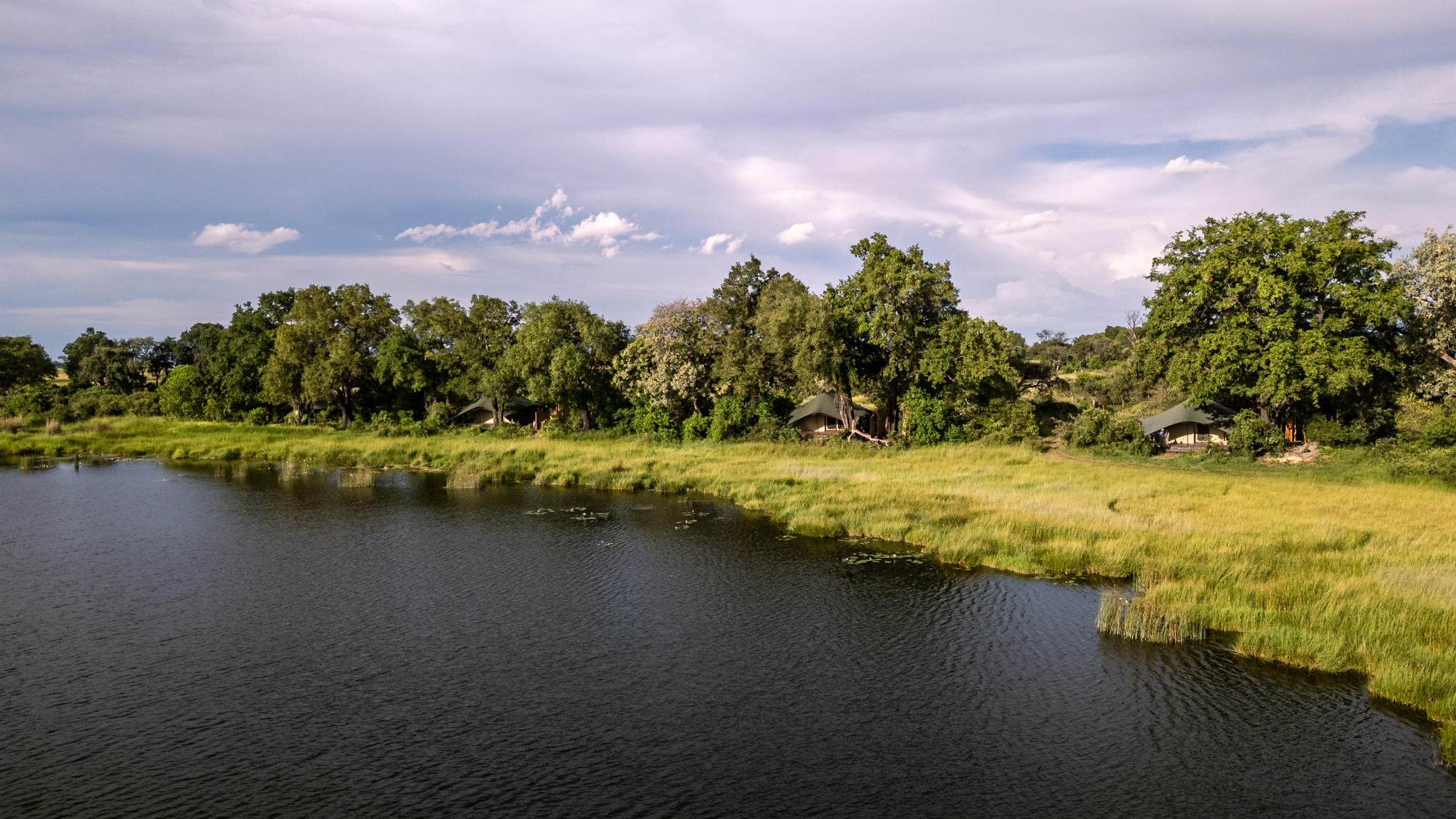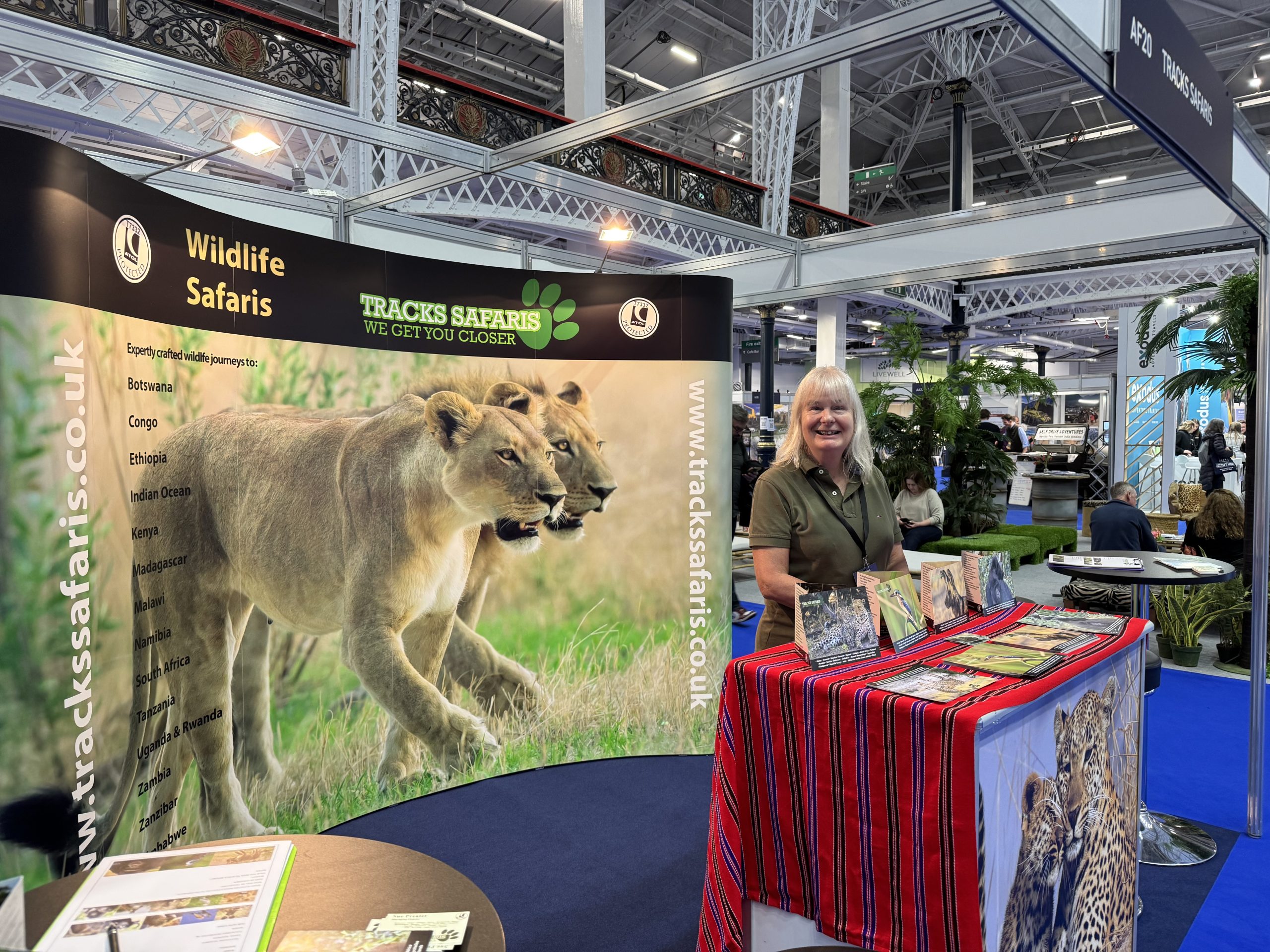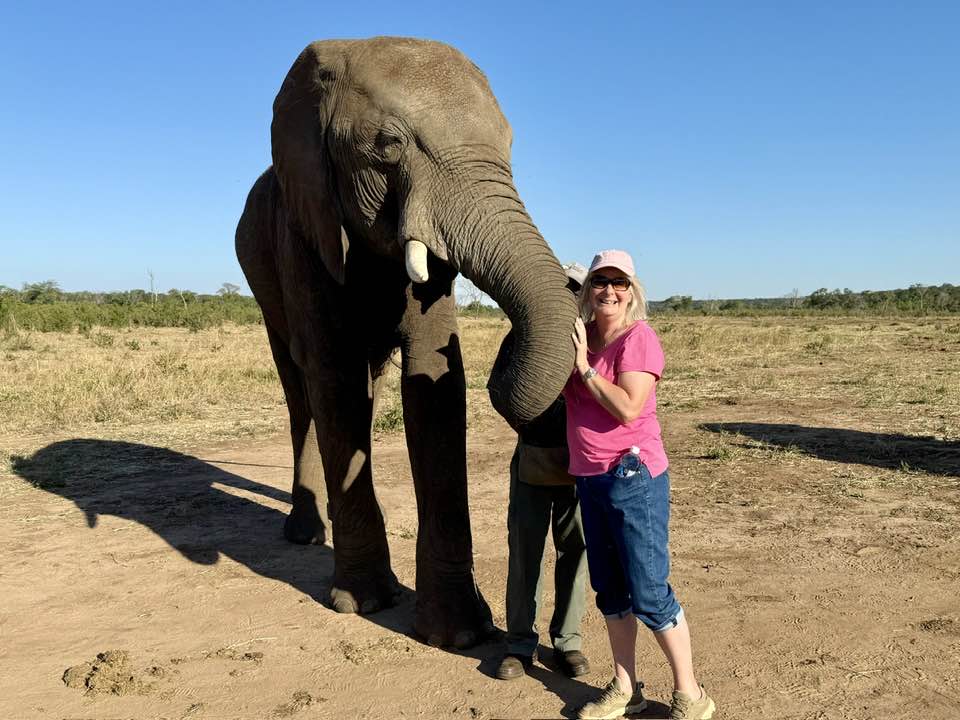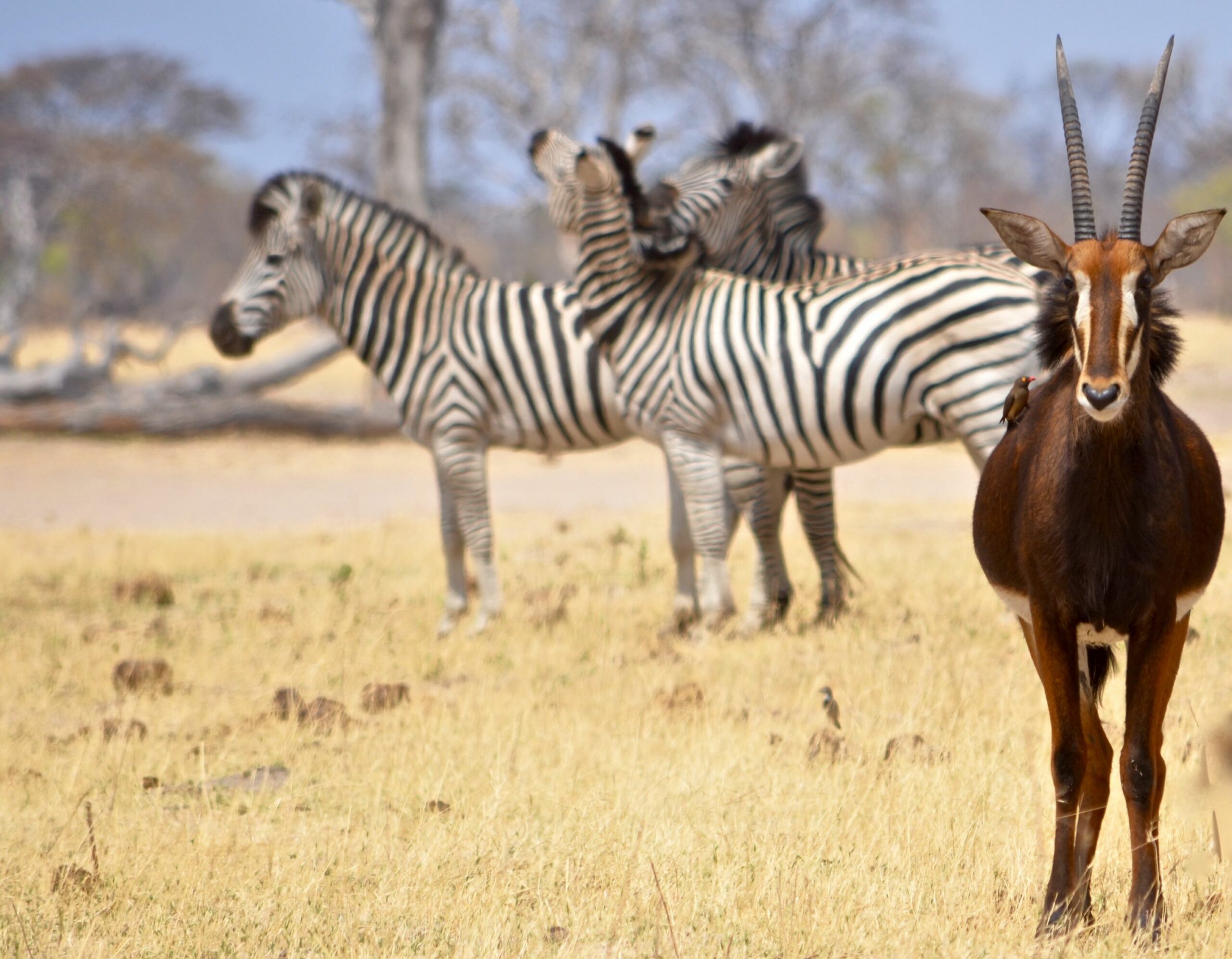Zimbabwe
Flight Time
13 Hours (via Johannesburg)
Time Zone
UTC+2
Best Airlines
British Airways, South African Airways, Emirates
Fly From
London, Birmingham, Manchester, Glasgow, Newcastle, Edinburgh
Victoria Falls
| Jan | Feb | Mar | Apr | May | Jun | Jul | Aug | Sep | Oct | Nov | Dec | |
|---|---|---|---|---|---|---|---|---|---|---|---|---|
| When to go |  |
 |
 |
 |
 |
 |
 |
 |
 |
 |
 |
 |
| Temp °C | 31 | 31 | 31 | 31 | 29 | 26 | 26 | 29 | 33 | 35 | 34 | 32 |
| Rain mm | 170 | 139 | 79 | 21 | 4 | 1 | 0 | 0 | 2 | 19 | 68 | 167 |
Hwange National Park
| Jan | Feb | Mar | Apr | May | Jun | Jul | Aug | Sep | Oct | Nov | Dec | |
|---|---|---|---|---|---|---|---|---|---|---|---|---|
| When to go |  |
 |
 |
 |
 |
 |
 |
 |
 |
 |
 |
 |
| Temp °C | 29 | 29 | 29 | 29 | 27 | 25 | 25 | 28 | 32 | 34 | 32 | 30 |
| Rain mm | 143 | 116 | 57 | 27 | 4 | 1 | 0 | 0 | 3 | 18 | 64 | 123 |
Bulawayo
| Jan | Feb | Mar | Apr | May | Jun | Jul | Aug | Sep | Oct | Nov | Dec | |
|---|---|---|---|---|---|---|---|---|---|---|---|---|
| When to go |  |
 |
 |
 |
 |
 |
 |
 |
 |
 |
 |
 |
| Temp °C | 27 | 27 | 26 | 26 | 24 | 21 | 21 | 24 | 28 | 29 | 28 | 27 |
| Rain mm | 127 | 107 | 59 | 26 | 7 | 2 | 0 | 1 | 6 | 29 | 88 | 129 |
Call us on 01984 667420
Tracks Safaris- We get you closer to Africa
Zimbabwe is now re-emerging as one of the most desirable safari destinations in Africa and has much to offer in terms of wildlife, history, geology, fishing, canoeing, walking and culture. Located in the heart of the southern part of the African continent it is bordered by South Africa to the south, Botswana to the southwest, Zambia and the tip of Namibia to the northwest and Mozambique to the east.
Home to some of the very best wildlife guides in Africa, Zimbabwe offers outstanding wildlife and bird viewing opportunities in some of the most remote and scenically spectacular national parks and reserves and is easily accessible via Johannesburg to Bulawayo, Harare and Victoria Falls or via Livingstone in Zambia or Kasane in Botswana.
We recommend that you enjoy Zimbabwe for at least two to three weeks to really see and get a feel for this magnificent country. There are no fewer than 5 UNESCO World Heritage Sites in Zimbabwe – perhaps the best known being Victoria Falls – Zimbabwe’s prime attraction and the gateway to the country. Other Word Heritage Sites include Mana Pools National Park on the Zambezi River, Matobo National Park near Bulawayo, and the ruins of Great Zimbabwe and Khami.
Victoria Falls is a good place to start your Zimbabwe adventure – the airport is modern and there are good links to South Africa and further afield. There is a good choice of hotels, lodges, guest houses and tented camps to meet most budgets and many activities to enjoy in and around the area including a visit to Victoria Falls, white water rafting, canoeing, sunset boat cruises, microlight flights across the Falls, and some exciting adrenalin sports for the more active.
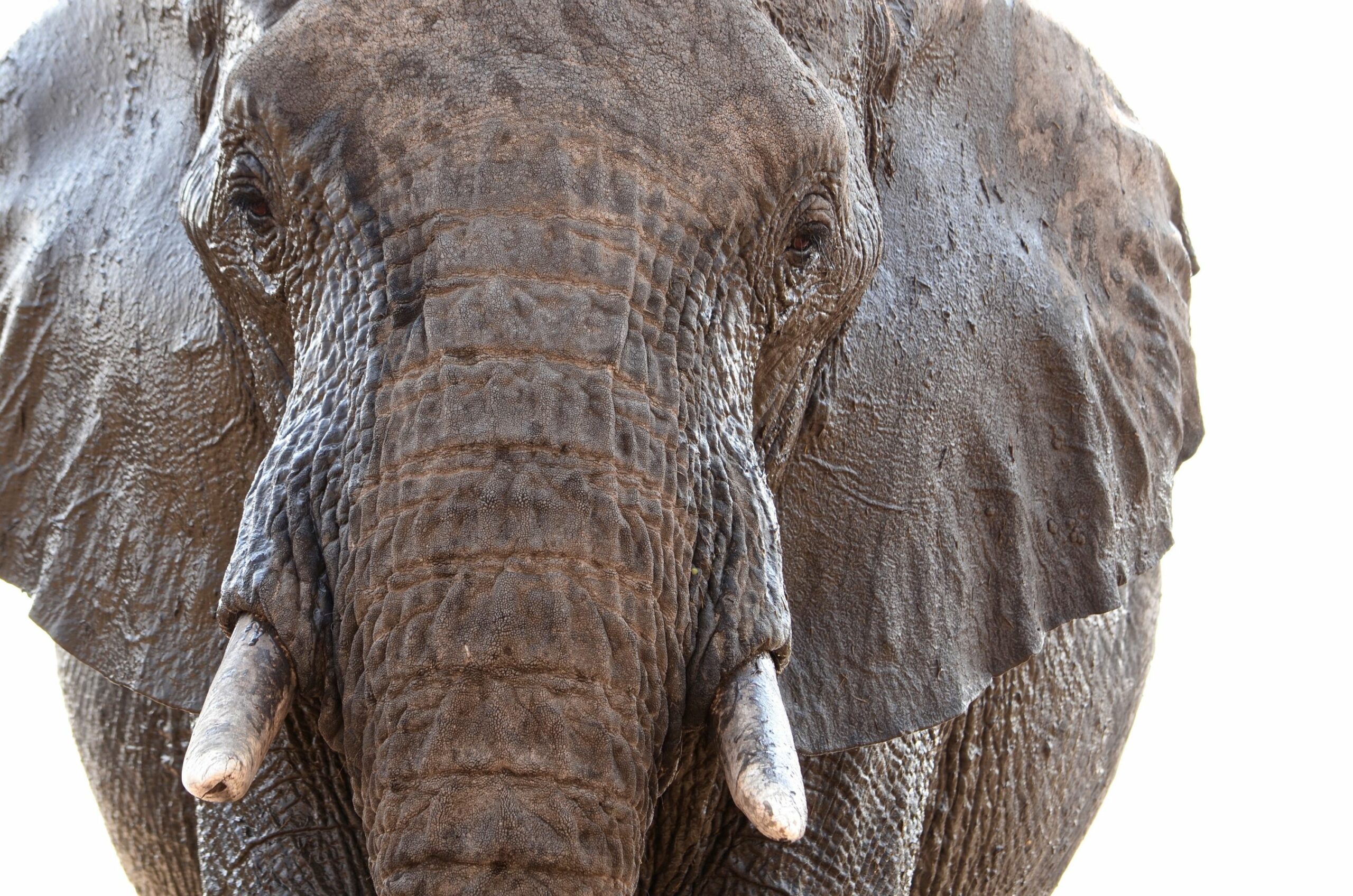
ZAMBEZI NATIONAL PARK
Close to Victoria Falls you can visit the Zambezi National Park – the northern border of the Park is formed by the Zambezi River which also forms the border between Zimbabwe and Zambia for much of its length.
This Park is mostly situated along the upper Zambezi river above the waterfalls and stretches back to the Botswana border – there are other wildlife enclaves away from the river which form part of the National Park. These areas offer game viewing opportunities from Victoria Falls but although the game numbers are increasing quickly. The game viewing is not as concentrated as Hwange and Mana Pools – but a good place to start or top up on some game viewing at the beginning or end of trip.
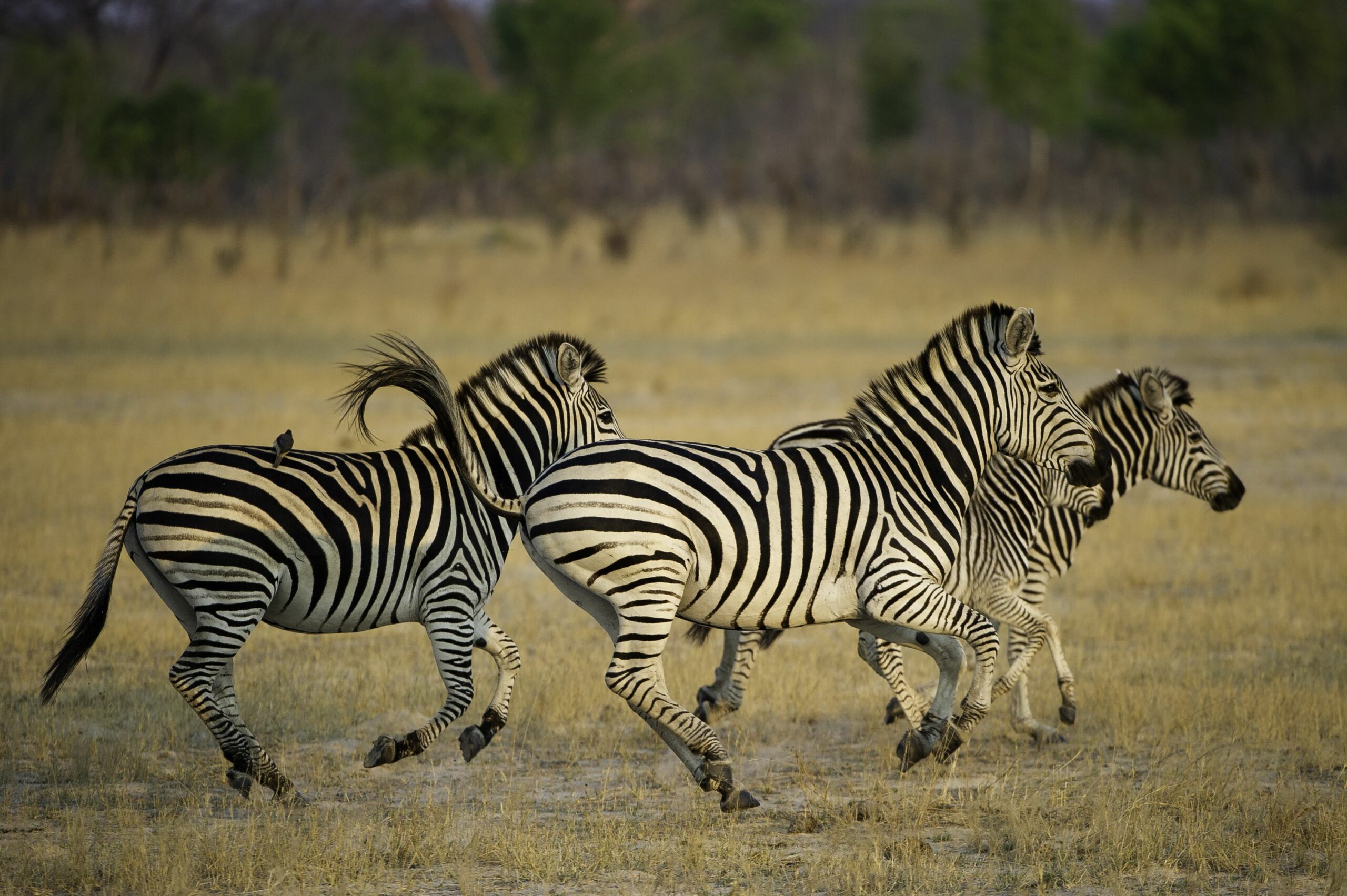
HWANGE NATIONAL PARK
Hwange is situated to the south of Victoria Falls – a short 2 hour easy road transfer to the main gates (Hwange Main Camp, Mbiri Gate (for Sinamatella region) and Robins (for Robins region) . Along with Mana Pools this park has the most concentrated game and is a must see area on any wildlife itinerary.
Hwange can be divided up into different areas – In the north there are the Robins and Sinamatella regions which are characterised by beautiful woodland areas and seasonal rivers and springs which bubble up to the surface during rainy season. Due to fewer roads, this area is renowned for its walking safaris and several camps specialize in this activity. The central and eastern areas offer more open savannah and open bush with several prominent water holes which are all solar pumped from a borehole as there is no permanent water source. Two of the better known waterholes are Kennedy Pan and Ngweshla.
Hwange’s mix of different habitats and landscape types means that game viewing is superb year round. Wildlife frequently seen include lion, large herds of elephant, buffalo, cheetah, leopard, wild dog, spotted hyaena, giraffe, sable, roan, blue wildebeest, impala, waterbuck and reedbuck. In summer, wildebeest, zebra and eland are found in abundance on the open plains, while in winter elephant congregate in enormous numbers around the waterholes. Birdlife in the area is prolific and varied with over 400 species recorded including the Yellow-billed kite, Southern ground hornbill, Dickinson’s kestrel, Racket-tailed roller, Martial eagle, Kori bustard, Black-winged stilt, Cape griffon, Pearl-spotted owlet and African hobby.
Throughout Hwange there are lookout hides and platforms (with toilet facilities) at various waterholes and picnic spots where you can get out of your vehicle and sit and watch the wildlife at the waterholes – a photographer’s dream!
Because of Hwange’s variety of wildlife species and due to its diverse habitats in the north and southern regions – it can easily be visited as a two centre safari. There is a good choice of tented camps and lodges within the actual National Park with some on private concessions bordering or within the park.
An interesting place to visit whilst in Hwange is the Painted Dog Project: The project aims to protect and increase the range and numbers of African wild dog both in Zimbabwe and elsewhere in Africa and operates through the Painted Dog Conservation organisation in Dete – Painted Dog Project
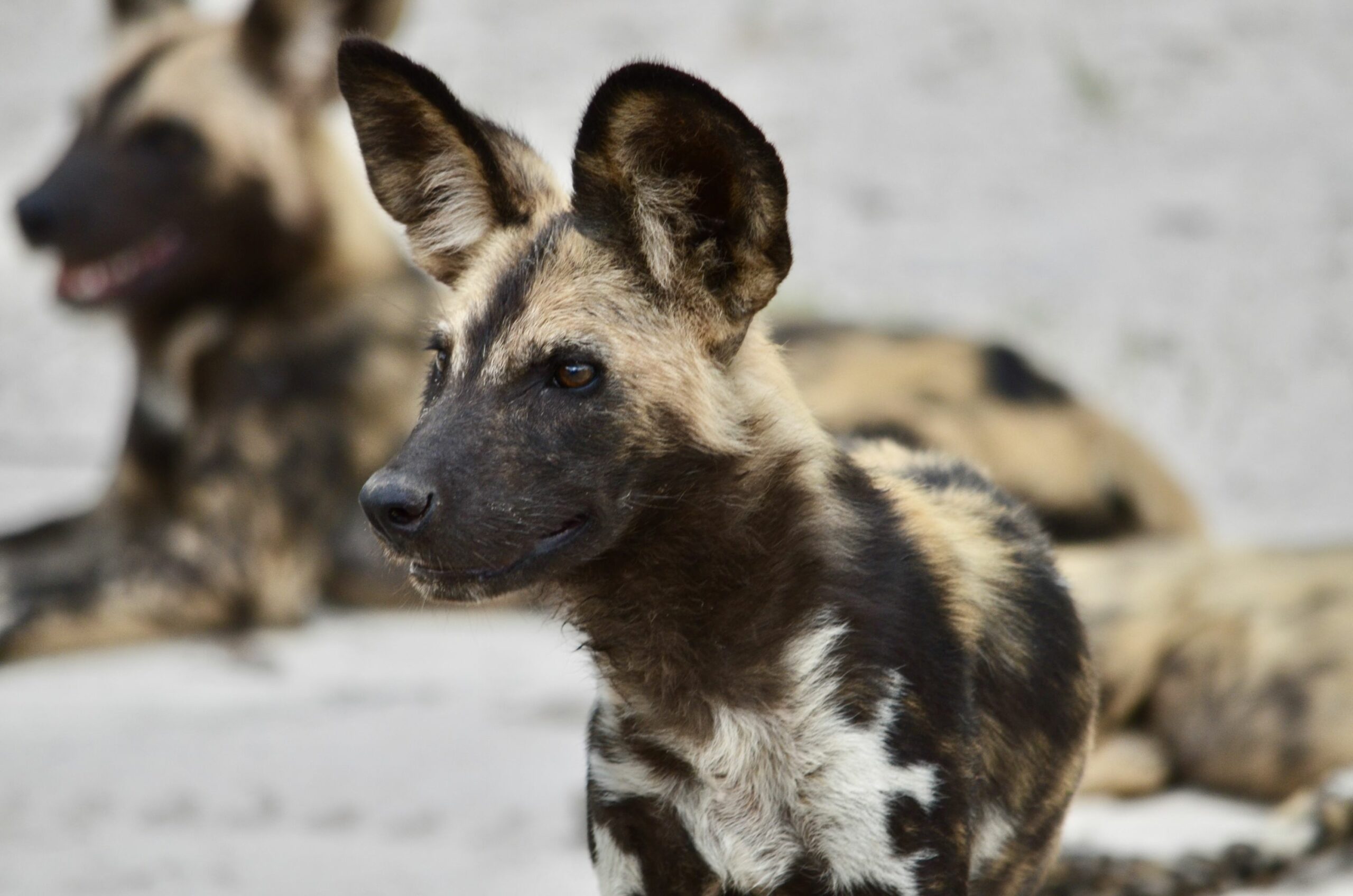
MANA POOLS NATIONAL PARK
Mana Pools National Park lies at the heart of the Zambezi Valley where the Zambezi River meanders to the Mozambican border and is a UNESCO World Heritage Site. With spectacular views of the broad river, floodplains, riverine woodland and the mountains of the Rift Valley escarpment – this stretch of the Zambezi River is famous for its four main pools after which the park is named – ‘mana’ means ‘four’ in Shona.
Wildlife viewing is excellent with large concentrations of buffalo and elephant along the river’s edges, while predators such as lion, wild dog and leopard are often sighted. Kudu, zebra, impala and waterbuck graze the plains and the river is home to hippo and crocodile. Birdlife is superb particularly for both woodland and riverine species with numerous local specials such as Black-throated Wattle-eye, Red-necked falcon and Eastern Nicator.
Mana Pools is well known for its walking and canoe safaris as well as 4 x 4 safaris and fishing in season. Walking safaris allow you to get out and stretch your legs in the company of an experienced and professional walking guide and gives you the chance to become closer to the environment around you and see the little things often missed whilst driving. Canoeing on the Zambezi River is offered by all the camps and lodges along the river on a daily basis and we can offer multi-day expeditions along the river canoeing and walking during the day and camping on remote islands at night.
Mana Pools is famous for its elephants adapting to balance on their hind legs to feed on pods from the overhanging trees – a common sight. Perhaps because of the park’s long history of walking safaris the animals seem very relaxed around humans which makes for superb up close and personal game viewing experiences.
The inland waterholes away from the river become very productive in dry season and are fantastic places to sit and watch the game. The Chitake Springs area to the eastern inland area is renowned for its good wildlife. Mana Pools National Park sits opposite Lower Zambezi National Park in Zambia on the opposite side of the river and the escarpment in the Lower Zambezi provides an amazing back drop to the views along the river.
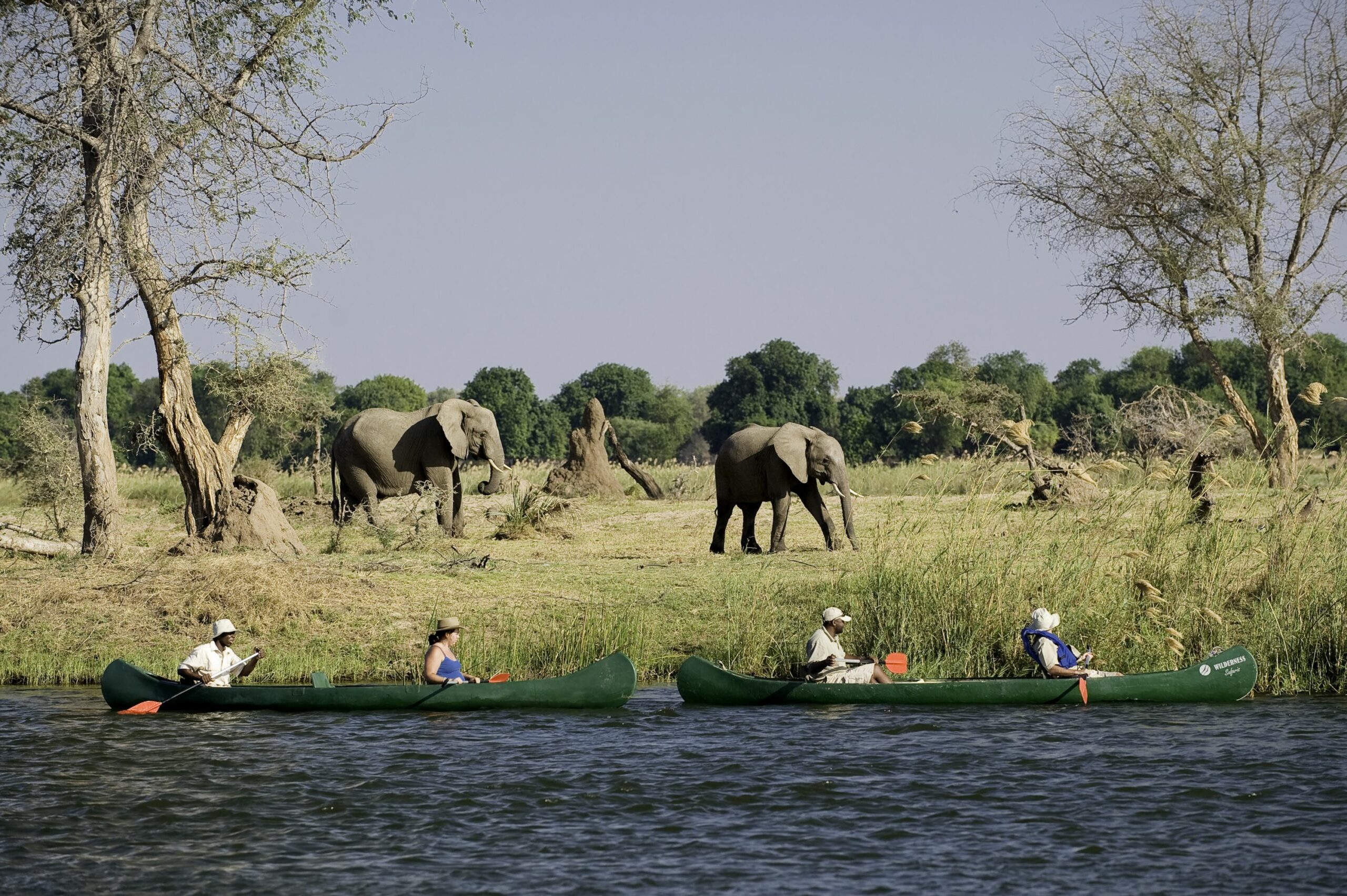
MATUSADONA NATIONAL PARK
Matusadona National Park runs along a part of the south shore of Lake Kariba to the west of Kariba town. Kariba Lake was formed by damming the Zambezi river at Kariba town in 1959 and Operation Noah followed to rescue animals stranded on islands created by the flood and the rescued animals were then taken into Matusadona National Park.
Matusadona has beautiful lake side game viewing and is well known for its spectacular sunsets with a fish eagle sitting on a dead tree in the shallows of the lake. You can see huge herds of buffalo, elephant and other wildlife around the water’s edge and there are still a very few Black and White Rhino.
African Parks has now teamed up with Zimbabwe Parks with the aim to regenerate the park – one of its aims is to introduce more rhino into the area and to assist the Anti-Poaching unit to conserve and protect wildlife and specifically rhino. Proclaimed a National Park in 1975, it was once a conservation stronghold for African elephant and black rhino and still has over 240 bird species and a healthy variety of mammal species including lion, buffalo, elephant, waterbuck and impala. There is a lot of positive development planned for Matusadona which will make it an even more special park to visit in the future.
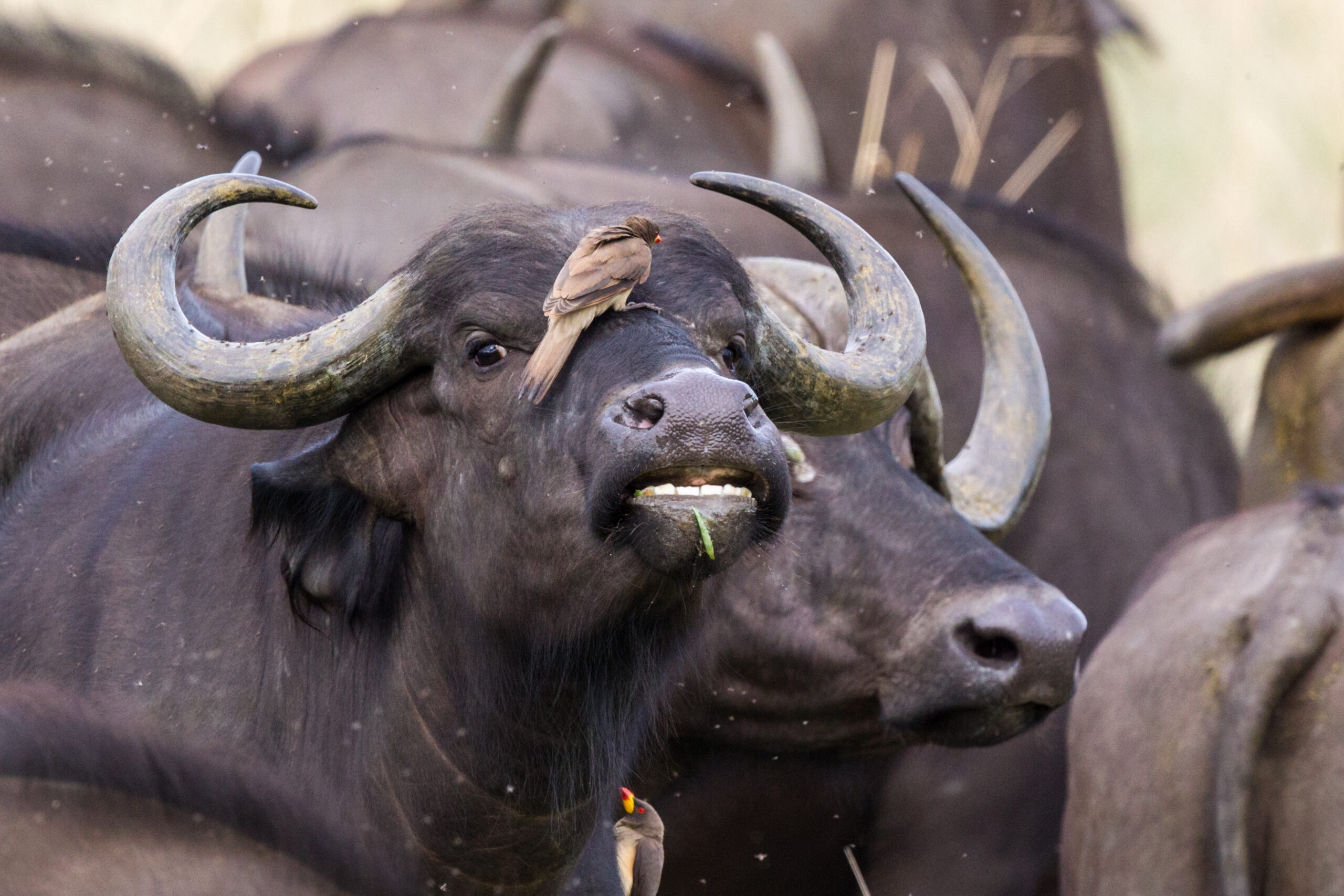
MATOBO NATONAL PARK
The Matobo Hills are an area of granite kopjes and wooded valleys situated around 22 miles south of Bulawayo in southern Zimbabwe. The Hills were formed over 2,000 million years ago with granite being forced to the surface, then being eroded to produce smooth “whaleback dwalas” and broken kopjes, strewn with boulders and interspersed with thickets of vegetation.
The area is known for San Rock art paintings amongst the ancient shapes and local wildlife includes a healthy population of white and black rhino. Cecil John Rhodes is buried in these hills at a site named World’s View.
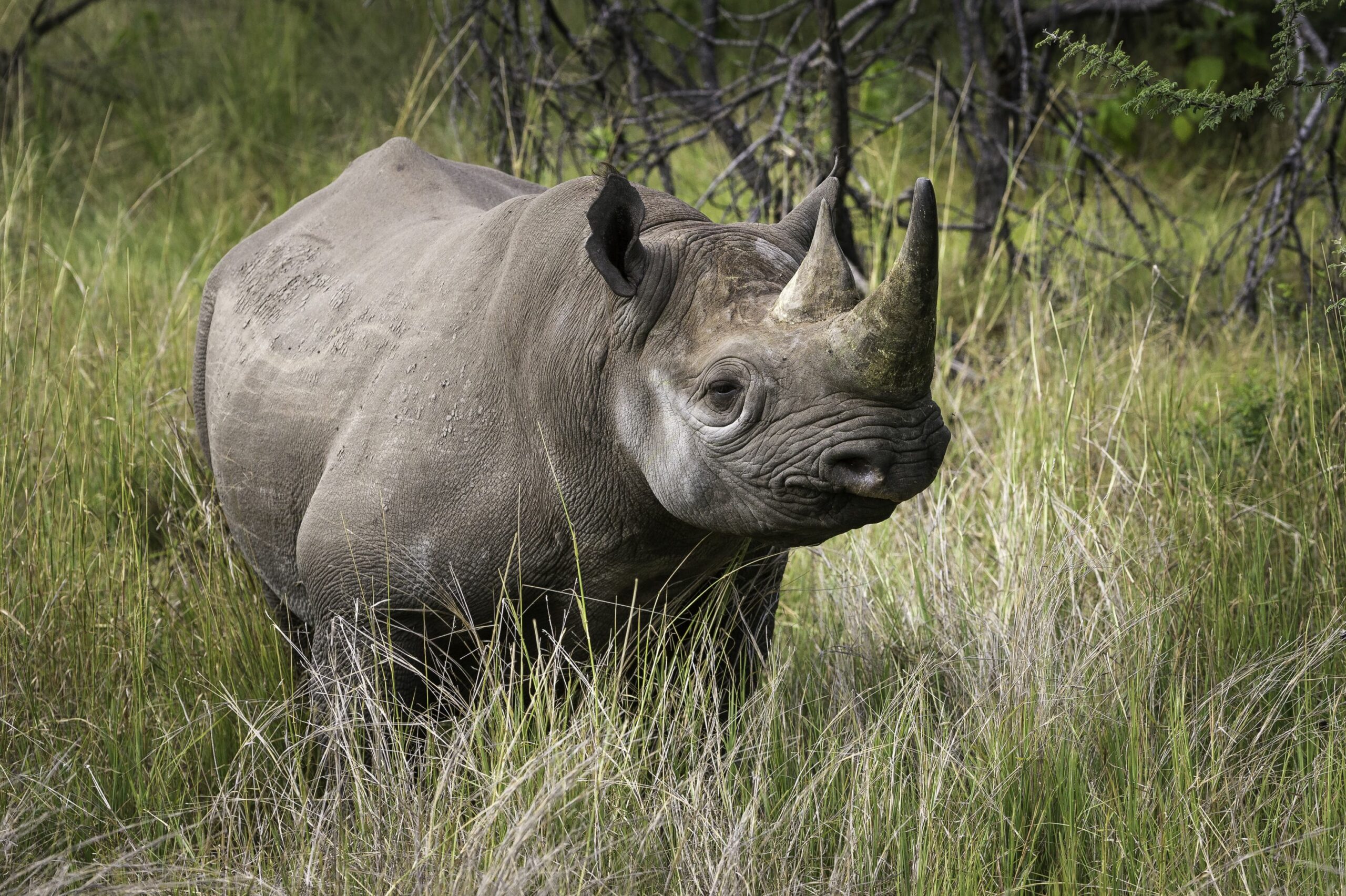
GONEREZHOU NATIONAL PARK
This large, remote and very little visited National Park is found in the extreme south of Zimbabwe close to the border with Mozambique and South Africa. The Park is a run as a very successful partnership of the Frankfurt Zoological society and Zimbabwe Parks.
Gonerezhou is full of rocky, rugged scenery with the stunningly beautiful Chilotjo cliffs running down its spine in the northern region along the Runde river. This rocky scenery is interspersed with woodlands and waterholes – making the most beautiful scenery and an amazing park to visit. Game viewing is generally excellent – with good sightings of elephant, leopard, wild dog, kudu, buffalo, zebra, nyala, wildebeest, eland and giraffe and birdlife is prolific with over 400 species recorded.
The park’s main attraction is the abundance of elephants – around 11,000 – and it is known as the ‘Place of Elephants’. That combined with its remoteness, game viewing and scenery makes it a special park to visit.
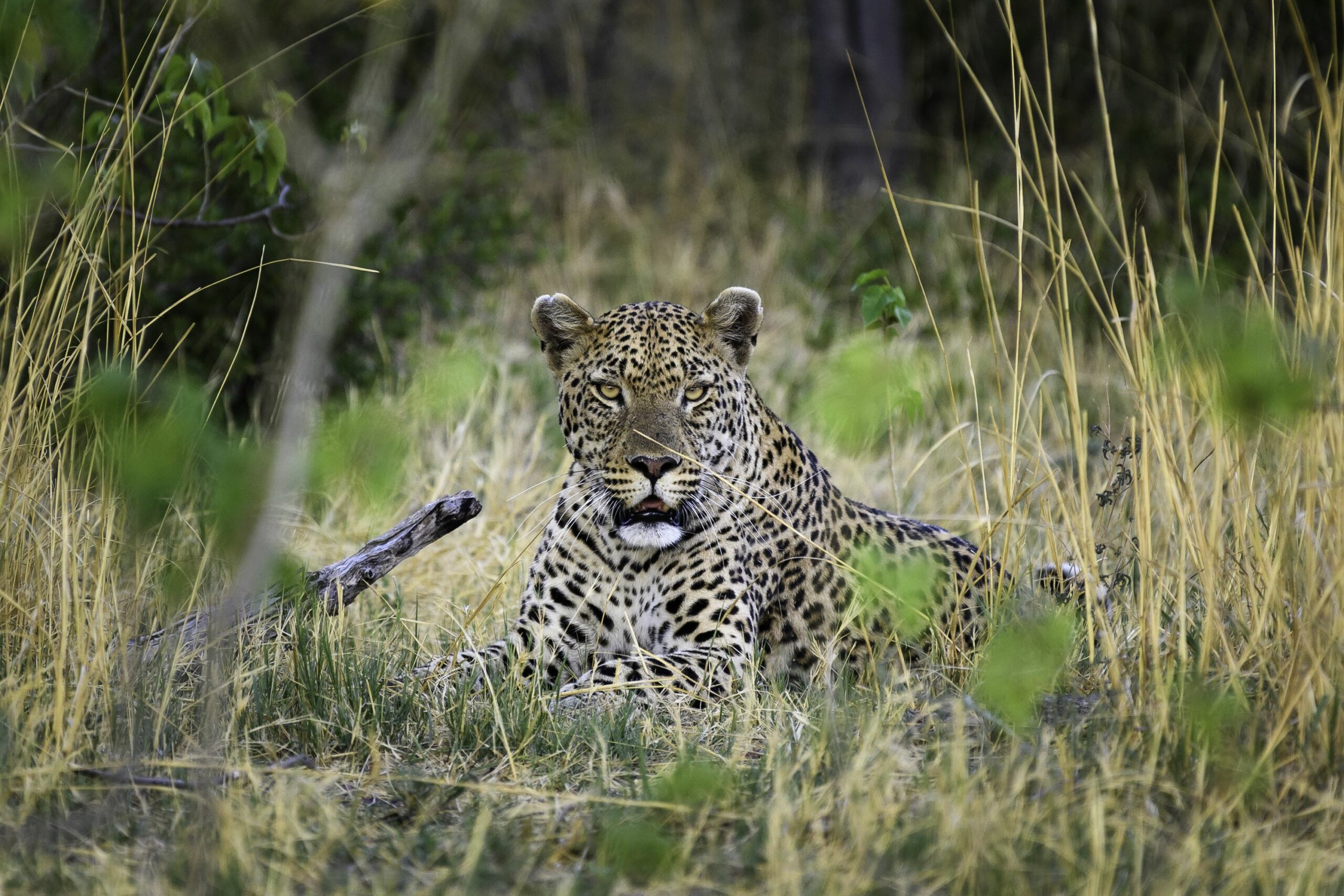
NYANGA NATIONAL PARK
Found in the beautiful Eastern Highlands region of Zimbabwe on the border with Mozambique, Nyanga National Park covers the mountainous area and is home to Zimbabwe’s highest mountain – Mount Inyangombi – which is a lovely guided climb for moderately fit people with wonderful views at the top.
The Park also has some beautiful shorter trails and waterfalls to visit as well as some adrenalin activities at Mutaradzi Falls – offering a sky bridge walk in front of the Falls and a zipline. The Touraco trail is a 5 day hike which can be done independently or guided with equipment.
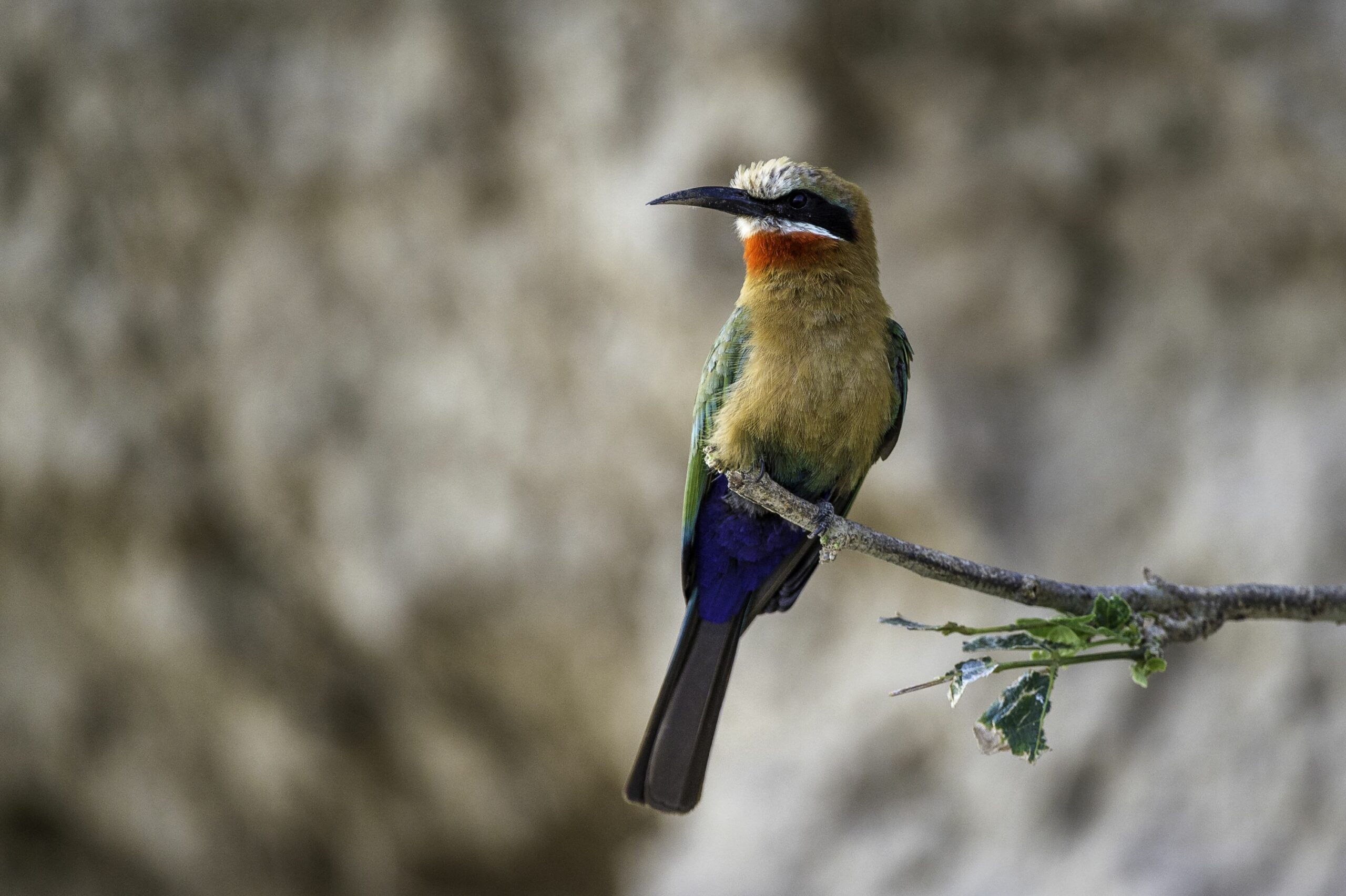
MALILANGWE PRIVATE RESERVE
This private reserve is located close to Gonerezhou National Park in the southern region of Zimbabwe . The Park is well run and has an impressive Black and White Rhino population. The reserve is private and accessed as a guest of Singita Pamushana Lodge.
We have visited the key areas of Zimbabwe, canoed down the Zambezi, walked in Mana Pools and experienced the national parks and wildlife first hand. Together with our local and passionate ground handers we can offer the the very best choice of lodges, tented camps, canoeing expeditions, walking safaris and fishing.
Call us on 01984 667420 or email sue@trackssafaris.co.uk to start planning your Zimbabwe adventure!

